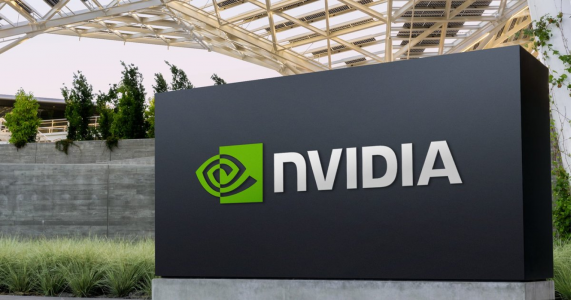Nvidia’s $600B Crash and 9% Rebound: What’s Next?
29 Jan 2025
On
Monday, January 27, 2025
, Nvidia suffered a
historic market downturn
, with its stock plummeting
17%
, erasing nearly
$600 billion
in market capitalization. This marked the largest single-day loss in U.S. stock market history, surpassing previous record losses by tech giants. The massive sell-off was driven by investor fears over the rise of a new AI competitor,
DeepSeek
, a Chinese artificial intelligence startup that unveiled an
efficient, cost-effective AI model
capable of rivaling leading platforms like
OpenAI's ChatGPT
—but at a fraction of the cost.
DeepSeek’s Disruption and Investor Panic
The catalyst for Nvidia’s stock collapse was DeepSeek’s
groundbreaking AI technology
, which promises to deliver powerful artificial intelligence capabilities
without the need for high-powered, expensive GPUs
—Nvidia’s core business. The AI industry has been one of the biggest drivers of Nvidia’s success, as its
high-performance chips
are essential for running large-scale AI models. However, DeepSeek’s innovation sparked fears that companies could
move away from Nvidia’s costly hardware
in favor of more efficient,
lower-cost AI solutions
.
As a result, investors rushed to
offload Nvidia shares
, leading to a massive market-wide reaction. Other semiconductor stocks, including
Taiwan Semiconductor Manufacturing Company (TSMC) and AMD
, also faced steep declines as concerns spread about a potential shift in AI computing infrastructure.
The impact of Nvidia’s crash extended beyond the semiconductor industry. The
broader technology sector
experienced volatility, with AI-heavy firms taking a hit. However, not all tech companies suffered—giants like
Apple and Meta saw their stocks rise
, as investors speculated that cheaper AI solutions could be
beneficial for major tech firms
by reducing operational costs and capital expenditures.
According to market analysts, the shift toward more efficient AI models
does not necessarily eliminate demand for Nvidia’s chips
, but it does
challenge its dominance
in the AI space. If future AI models require fewer GPUs, companies may scale back their reliance on Nvidia,
forcing the company to innovate or risk losing market share
.
Nvidia’s Recovery and Future Prospects
Despite the panic-driven sell-off,
Nvidia’s stock rebounded by approximately 9% on Tuesday, January 28
, as investors reassessed the long-term impact of DeepSeek’s technology. Some analysts believe that while DeepSeek’s AI model is disruptive, it
may also drive greater AI adoption
across industries, which could, in turn,
sustain or even increase demand
for Nvidia’s hardware.
Tech experts argue that AI infrastructure will still require
powerful GPUs
for training complex models, even if
future inference workloads become more efficient
. Nvidia is also actively expanding its AI software and cloud offerings, which could
help mitigate risks
if hardware demand slows down.
Upcoming Earnings Reports: What’s Next for the Tech Industry?
The financial world is now turning its attention to major tech earnings reports set to be released later this week, including those from
Microsoft, Meta, Tesla, and Apple
. These reports could provide
insights into how the biggest players in the tech space are adapting to rapid AI advancements
and whether companies will continue their reliance on Nvidia’s chips or shift toward alternative solutions.
Conclusion: A Turning Point for AI and the Semiconductor Industry
Nvidia’s dramatic market loss highlights the
volatile nature of the AI-driven tech industry
. While the emergence of DeepSeek presents a serious challenge, it also underscores
the rapid pace of innovation
in AI technology. Nvidia still holds
a dominant position in the GPU market
, but the next few months will be crucial in determining
how the company adapts to an evolving competitive landscape
.
For now, investors remain cautious but watchful as the future of AI computing—and Nvidia’s role in it—continues to unfold.



